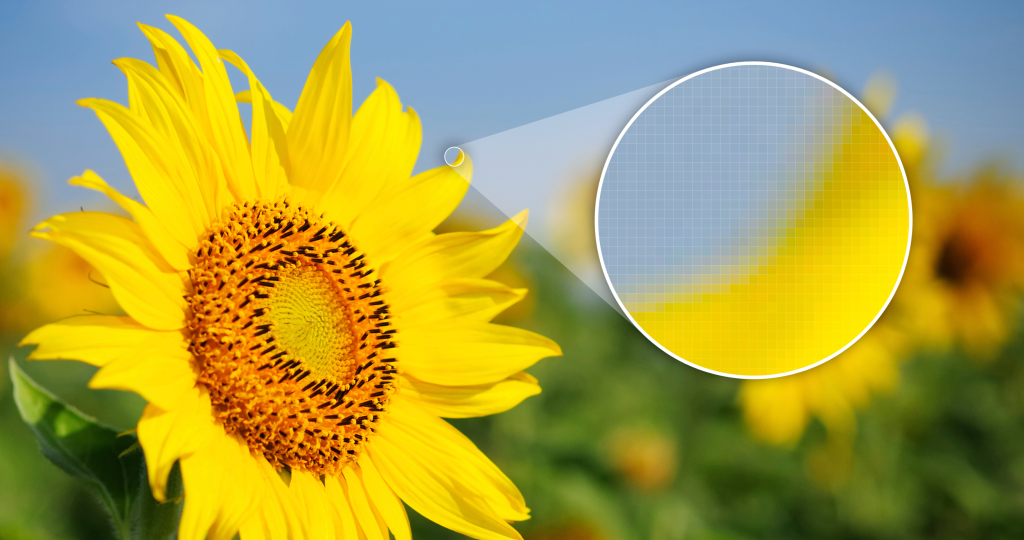

Photo-realistic vector: Photograph vectorized using an automated tool and a multitude of colors to allow the image to have a closer resemblance to the original. It is also important to some of these processes that the vector outlines are not overly complex.įor categorizing purposes I have named the above: photo-realistic vector, vector illustration, and vector lineart.ġ. This vector outline/wireframe is important to some companies because it guides the equipment they use to create their products, such as engraving and cut signs. Vector programs display the image as we would normally see it and they also allows us to view the vector outline or wire-frame of each object. Limited colors are often required by some processes such as embroidery, "stencil-cut" vinyl signs, and specialty promotional items (such as logos printed on cups, pens, bottles, etc.) Vector Outline / Wireframe Color editing is simpleĪ multi-color vector image can be easily changed to a limited color graphic. Vectors can be printed as large and at the highest resolution the printer or the output device allows. Vectors can be scaled to any size without losing quality. Vector Graphics Vector graphics are scalableīecause vector graphics are not composed of pixels they are resolution-independent. Vector graphics can be scaled to any size without losing quality. When you enlarge a vector graphic, the math formulas stay the same, rendering the same visual graphic no matter the size. When you enlarge the file by adding more pixels, the pixels are added randomly throughout the image, rarely producing good results. When you enlarge the image file without changing the number of pixels, the image will look blurry. If you zoom into a vector graphic it will always look the same.Ī raster image has a specific number of pixels. Vector images are mathematical calculations from one point to another that form lines and shapes. If you zoom in to a raster image you may start to see a lot of little tiny squares. A pixel is a single point or the smallest single element in a display device. Photographs are raster images and are probably the best example of images completely made of color blends - or shade blends in the case of black and white photographs - and those images look very different when drawn in vector format. A vector graphic with gradients contains both vector and raster elements and won't be suitable for process that requires 100% true vector art such as cutting or engraving. Some vector programs do have the ability to create color gradients within one single shape, but these are actually raster effects. Images with a subtle gradation of one color to another are the images that will look most different since vector programs need to create a separate shape for each shade of color. FIG.2Ī lot of images can be made with either raster or vector program and look exactly the same on both programs.

These shapes, called objects, display one single color each. When using a vector program you draw the outline of shapes, and it's similar to creating an image with tiles of all different shapes and sizes.

By using a multitude of pixels of different colors a gradual transition from one color to another can be created a soft blend of colors. When using a raster program you paint an image, and it's similar to dipping a brush in paint and painting.
RASTER ART SOFTWARE
Vector graphics are math-defined shapes created with vector software and are not as common used in CAD/engineering, 3D animation, and in Graphic Design for processes that reproduce an image on an object without ink or paint, such as engraving, etching, cut stencils. They are more common in general such as jpg, gif, png, and are widely used on the web. Raster images are created with pixel-based software or captured with a camera or scanner. There are two main type of image files: Raster and Vector.


 0 kommentar(er)
0 kommentar(er)
